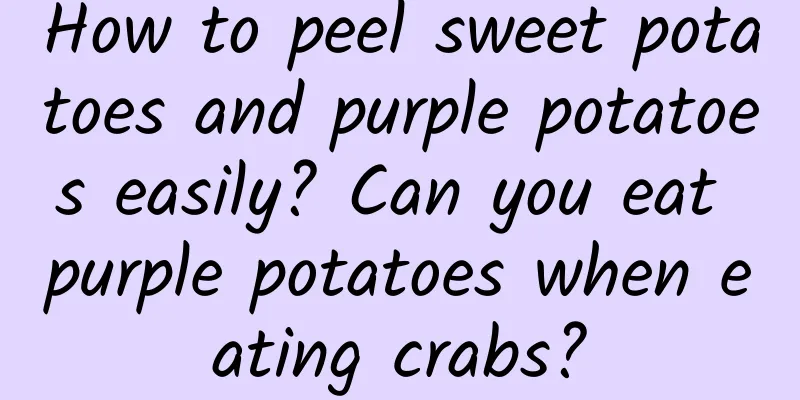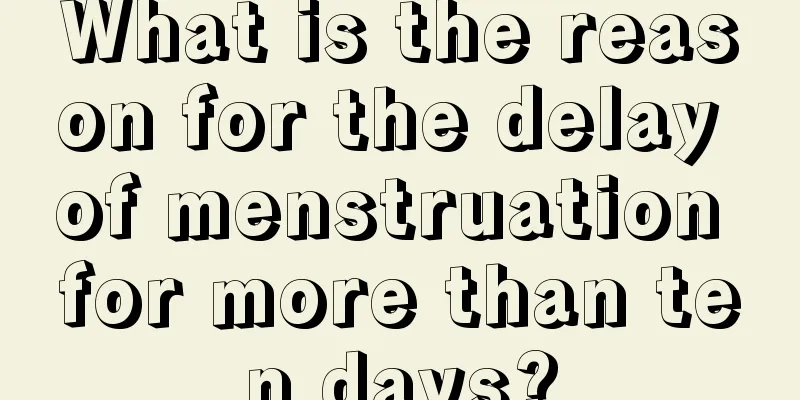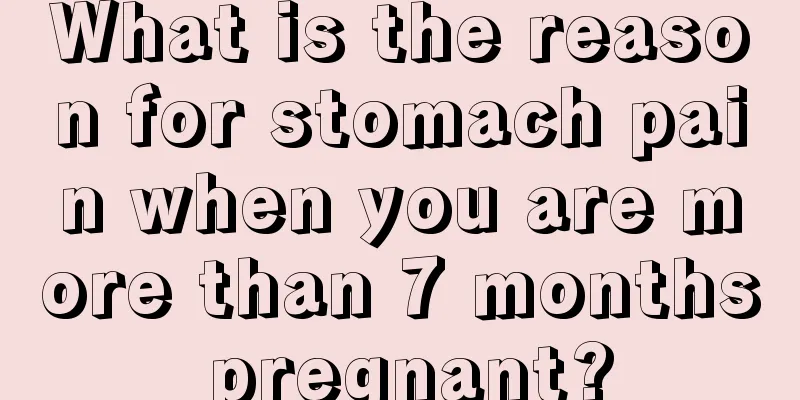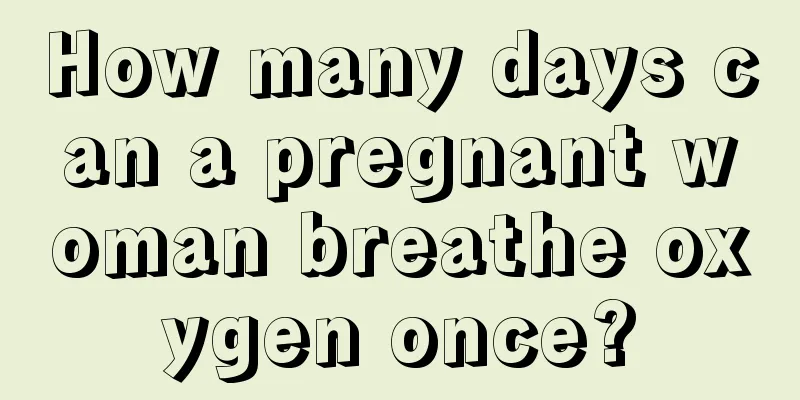The difference between polycystic ovary and cyst
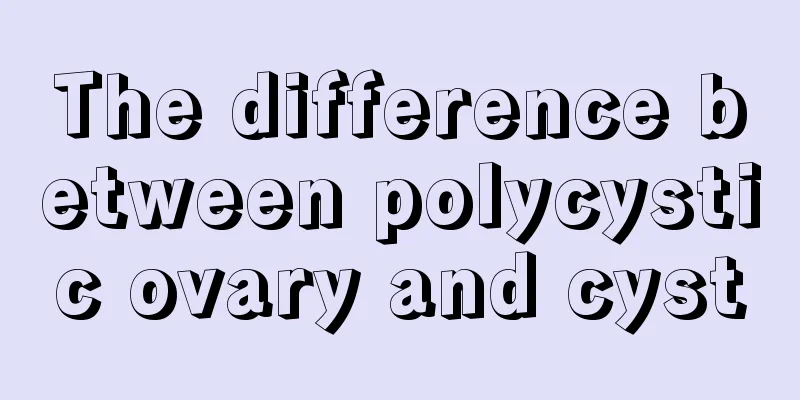
|
Polycystic ovary and ovarian cysts are both ovarian diseases, but many female patients easily confuse the two. In fact, the two diseases are very easy to distinguish, which is mainly reflected in the symptoms. Ovarian cysts often cause abdominal pain, abdominal discomfort, increased vaginal discharge, and yellow vaginal discharge. The main symptoms of polycystic ovary are oligomenorrhea, secondary amenorrhea and anovulation. Let’s take a closer look at the differences between polycystic ovaries and cysts. The difference between ovarian cysts and polycystic ovaries: Different causes of disease: Ovarian cysts are caused by long-term dietary structure, bad living habits, excessive psychological stress and other factors that lead to excessive acidification of the body, a decline in the body's overall function, and kidney deficiency, which in turn causes the liver to become weak, leading to a slowdown in the metabolic cycle in the lower abdomen, causing ovarian diseases and endocrine disorders, a decline in immune function, and the development of abnormal proliferation of ovarian tissue, ultimately leading to ovarian cysts and even cancer. In addition, due to the acidification of the body constitution, other tissues of the body may become cancerous, and due to the decline in body functions, the body's tissue fluid may become acidic, causing ovarian cysts. The exact cause of PCOS is unknown. It is currently believed that the ovaries produce too much androgen, and the excessive production of androgen is the result of the synergistic dysfunction of multiple endocrine systems in the body. Symptoms vary: Clinically, ovarian cysts are often manifested by lower abdominal pain, discomfort, increased vaginal discharge, yellow vaginal discharge, abnormal vaginal odor, menstrual irregularities, and usually a firm and painless swelling in the lower abdomen, and sometimes pain during sexual intercourse. When cysts interfere with hormone production, symptoms such as irregular vaginal bleeding or increased hair growth may occur. If the cyst twists, there will be severe abdominal pain, bloating, difficulty breathing, loss of appetite, nausea and fever. Larger cysts can put pressure on the area near the bladder, causing frequent urination and difficulty urinating. Especially when these symptoms are severe, bleeding is frequent and occur at the same time, women are more likely to develop ovarian cysts and the risk of malignant ovarian cancer is greater. The clinical manifestations of polycystic ovary vary in severity and mostly occur in women aged 20-40 years old during their reproductive period. Typical polycystic ovary syndrome patients mainly present with: 1. Menstrual disorders, including oligomenorrhea, secondary amenorrhea and anovulatory functional uterine bleeding after menarche. 2. Infertility: Infertility occurs after marriage, mainly due to menstrual disorders and anovulation. 3. Hirsutism, abundant body hair, male-like pubic hair, oily skin, and acne are caused by the accumulation of androgens. 4. Obesity. About half of the patients have this symptom, which is related to excessive androgen, increased proportion of unbound testosterone and long-term stimulation of estrogen. 5. Bilateral ovarian enlargement. The volume of the ovaries can be determined by laparoscopic direct visualization of the ovaries or B-ultrasound imaging. 6. Acanthosis nigricans is a condition characterized by the appearance of symmetrical gray-brown pigmentation on the skin of the neck, back, armpits, under the breasts, and groin, such as velvety, flaky, hyperkeratotic lesions. |
<<: Does polycystic ovary cause high blood sugar?
Recommend
What are the early symptoms of uterine fibroids?
Uterine fibroids seriously affect women's rep...
What can't I eat if my endometrium is thin?
Thin endometrium is one of the main reasons that ...
This seemingly free attitude towards life is killing your sense of being alive...
When I woke up on the weekend, a class invitation...
Introduction to the treatment of hydatidiform mole
If the pregnancy is a healthy fetus, people will ...
What to do if a pregnant woman catches a cold and has diarrhea
Pregnant women need to be taken good care of in t...
2014: The Year of Small Business Social: How Small Businesses Can Leverage Social Media – Infographic
For large companies with marketing budgets of mil...
Smoking not only harms your lungs, but also ruins your appearance
Many people love beauty, and this is how the cosm...
How can an 11-year-old girl become white?
Everyone loves beauty. Now, the pursuit of beauty...
The skin care effect of brown sugar mask is so good!
Facial masks are an essential item for skin care....
Is it bad for chinchillas to have small gaps in their ears? Why do chinchillas' ears droop?
Chinchillas are very cute pets. When buying chinc...
What is the reason for the wilting of ivy? What can I do if the ivy wilts?
Ivy is very common in our daily life. Because it ...
Why can't I discharge my vaginal discharge?
The amount of female secretions and whether their...
What are the causes of uterine fibroids?
In modern society, with economic development, the...
How long does it take to recover after minimally invasive surgery for uterine fibroids?
Minimally invasive surgery for uterine fibroids i...
Ovulation bleeding has an odor
Every female friend may encounter the symptom of ...





